Hydrogen Peroxide Household Hacks: Unlock the Secret Weapon in Your Home! Are you ready to discover the surprising power hidden within that unassuming brown bottle? For generations, hydrogen peroxide has been a staple in medicine cabinets, but its uses extend far beyond first aid. I’m excited to share some incredible DIY tricks and hacks that will transform how you clean, garden, and even care for your plants!
Did you know that hydrogen peroxide’s history dates back to the early 19th century? While its initial applications were primarily industrial, its antiseptic properties quickly made it a household essential. But the real magic lies in its versatility. In today’s world, where we’re all looking for eco-friendly and cost-effective solutions, hydrogen peroxide offers a fantastic alternative to harsh chemicals.
Why do you need these hydrogen peroxide household hacks? Because they’ll save you time, money, and effort! From boosting plant growth to tackling stubborn stains, these simple DIY solutions will empower you to create a healthier and happier home. I’m going to show you how to harness the power of this readily available ingredient and unlock its full potential. Get ready to be amazed!
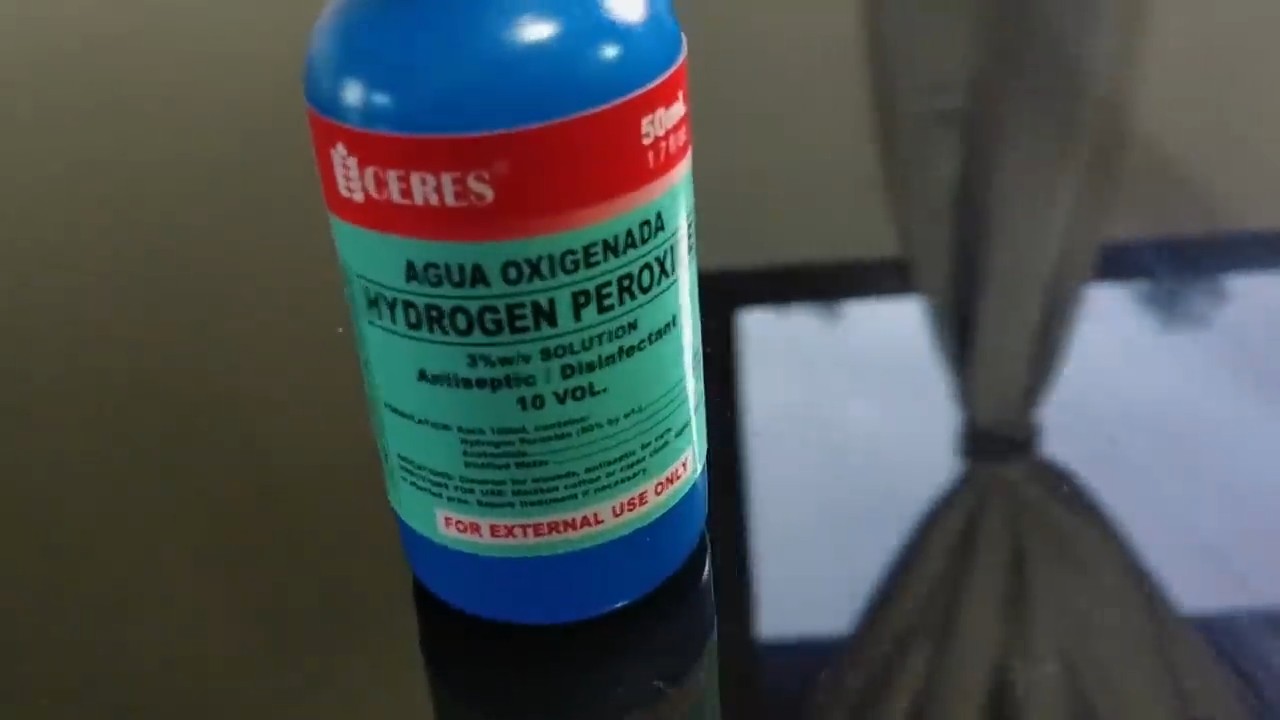
Unlocking the Power of Hydrogen Peroxide: My Favorite DIY Hacks!
Hey everyone! I’m so excited to share some of my absolute favorite DIY hacks using something you probably already have in your medicine cabinet: hydrogen peroxide! This stuff is seriously a miracle worker, and I’ve found so many clever ways to use it around the house. Forget expensive cleaners and specialized products – hydrogen peroxide can tackle a surprising number of tasks, saving you money and keeping your home sparkling. Let’s dive in!
Whitening Laundry Like a Pro
Tired of dingy whites? Hydrogen peroxide is my secret weapon for keeping my clothes looking bright and fresh. It’s a gentler alternative to bleach, so you don’t have to worry about damaging your fabrics.
What you’ll need:
* Hydrogen peroxide (3% solution)
* Laundry detergent
* Washing machine
Step-by-step instructions:
1. Pre-treat Stains: Before tossing your clothes in the wash, tackle any stubborn stains. Pour a small amount of hydrogen peroxide directly onto the stain and let it sit for about 10-15 minutes. For really tough stains, you can gently rub the fabric together to help the peroxide penetrate.
2. Add to the Washing Machine: Fill your washing machine as usual, adding your regular laundry detergent.
3. Boost with Hydrogen Peroxide: Pour one cup of hydrogen peroxide into the washing machine along with your detergent. I usually add it to the bleach dispenser, but you can also pour it directly into the drum.
4. Wash as Usual: Select your desired wash cycle and let the machine do its thing!
5. Dry and Enjoy: Once the wash cycle is complete, dry your clothes as usual. You’ll be amazed at how much brighter and whiter they look!
Important Note: Always test hydrogen peroxide on an inconspicuous area of the fabric first to ensure it doesn’t cause any discoloration. This is especially important for colored fabrics.
Sanitizing Your Kitchen Like a Boss
The kitchen is a breeding ground for germs, so keeping it clean and sanitized is essential. Hydrogen peroxide is a fantastic disinfectant that’s safe to use on food-contact surfaces.
What you’ll need:
* Hydrogen peroxide (3% solution)
* Spray bottle
* Clean cloths or paper towels
Step-by-step instructions:
1. Prepare Your Spray Bottle: Pour hydrogen peroxide into a clean spray bottle.
2. Spray and Sanitize: Spray the hydrogen peroxide onto surfaces like countertops, cutting boards, sinks, and refrigerator shelves.
3. Let it Sit: Allow the hydrogen peroxide to sit on the surface for about 5-10 minutes to effectively kill germs.
4. Wipe Clean: Wipe the surface clean with a damp cloth or paper towel.
5. Rinse (Optional): For surfaces that come into direct contact with food, you can rinse them with water after sanitizing.
Areas to Focus On:
* Cutting Boards: After cutting raw meat or poultry, thoroughly sanitize your cutting board with hydrogen peroxide to prevent cross-contamination.
* Sinks: Sinks can harbor a lot of bacteria, so spray them down with hydrogen peroxide regularly.
* Countertops: Wipe down your countertops after preparing food to keep them clean and sanitary.
* Refrigerator Shelves: Clean up spills and sanitize your refrigerator shelves to prevent the growth of mold and bacteria.
Freshening Up Your Bathroom
The bathroom is another area that needs regular cleaning and sanitizing. Hydrogen peroxide can help you tackle everything from mildew to soap scum.
What you’ll need:
* Hydrogen peroxide (3% solution)
* Spray bottle
* Clean cloths or sponges
* Toilet bowl cleaner (optional)
Step-by-step instructions:
1. Tackle Mildew: Spray hydrogen peroxide directly onto mildew stains in your shower or bathtub. Let it sit for about 10-15 minutes, then scrub with a brush or sponge. Rinse thoroughly with water.
2. Clean Your Toilet: Pour 1/2 cup of hydrogen peroxide into your toilet bowl and let it sit for about 30 minutes. Then, scrub with a toilet brush and flush. You can also use hydrogen peroxide to clean the outside of your toilet.
3. Shine Your Mirrors: Spray hydrogen peroxide onto your bathroom mirrors and wipe clean with a microfiber cloth for a streak-free shine.
4. Sanitize Surfaces: Spray hydrogen peroxide onto bathroom countertops, sinks, and faucets to kill germs and bacteria. Let it sit for a few minutes, then wipe clean.
Extra Tip: For stubborn soap scum, try mixing hydrogen peroxide with baking soda to create a paste. Apply the paste to the soap scum, let it sit for a few minutes, then scrub and rinse.
Cleaning Grout with Ease
Dirty grout can make your tiles look old and dingy. Hydrogen peroxide is a great way to brighten and clean your grout lines.
What you’ll need:
* Hydrogen peroxide (3% solution)
* Spray bottle or small bowl
* Old toothbrush or grout brush
* Clean cloth or sponge
Step-by-step instructions:
1. Apply Hydrogen Peroxide: Spray hydrogen peroxide directly onto the grout lines or pour it into a small bowl and apply it with a brush.
2. Let it Soak: Allow the hydrogen peroxide to sit on the grout for about 10-15 minutes. This will give it time to penetrate and loosen the dirt and grime.
3. Scrub the Grout: Use an old toothbrush or grout brush to scrub the grout lines. You may need to apply a little pressure to remove stubborn stains.
4. Wipe Clean: Wipe the grout lines clean with a damp cloth or sponge.
5. Repeat if Necessary: For heavily soiled grout, you may need to repeat the process.
Pro Tip: For extra cleaning power, mix hydrogen peroxide with baking soda to create a paste. Apply the paste to the grout, let it sit for a few minutes, then scrub and rinse.
Disinfecting Sponges and Dishcloths
Sponges and dishcloths are notorious for harboring bacteria. Keep them clean and sanitary by soaking them in hydrogen peroxide.
What you’ll need:
* Hydrogen peroxide (3% solution)
* Bowl or container
* Water
Step-by-step instructions:
1. Prepare the Solution: Fill a bowl or container with equal parts hydrogen peroxide and water.
2. Soak the Sponges and Dishcloths: Place your sponges and dishcloths in the solution, making sure they are fully submerged.
3. Let them Soak: Allow the sponges and dishcloths to soak for about 10-15 minutes.
4. Rinse Thoroughly: Rinse the sponges and dishcloths thoroughly with water.
5. Air Dry: Allow the sponges and dishcloths to air dry completely before using them again.
Frequency: I recommend disinfecting your sponges and dishcloths at least once a week, or more often if they are heavily used.
Brightening Fingernails
If you’re like me and love doing your own manicures, you might notice your nails getting stained from dark polishes. Hydrogen peroxide can help brighten them up!
What you’ll need:
* Hydrogen peroxide (3% solution)
* Cotton balls or pads
* Bowl
Step-by-step instructions:
1. Prepare the Solution: Pour a small amount of hydrogen peroxide into a bowl.
2. Soak Cotton Balls: Dip cotton balls or pads into the hydrogen peroxide.
3. Apply to Nails: Place the soaked cotton balls or pads on your nails, making sure they are fully covered.
4. Let it Sit: Allow the hydrogen peroxide to sit on your nails for about 2-3 minutes.
5. Rinse Thoroughly: Rinse your nails thoroughly with water.
6. Moisturize: Apply a moisturizing lotion or cuticle oil to your nails to prevent them from drying out.
Important Note: Don’t leave the hydrogen peroxide on your nails for too long, as it can be drying.
Cleaning Toothbrushes
Your toothbrush can harbor bacteria, so it’s important to keep it clean. Hydrogen peroxide is a safe and effective way to disinfect your toothbrush.
What you’ll need:
* Hydrogen peroxide (3% solution)
* Small cup or glass
Step-by-step instructions:
1. Pour Hydrogen Peroxide: Pour a small amount of hydrogen peroxide into a small cup or glass.
2. Soak the Toothbrush Head: Place the head of your toothbrush into the hydrogen peroxide, making sure the bristles are fully submerged.
3. Let it Soak:
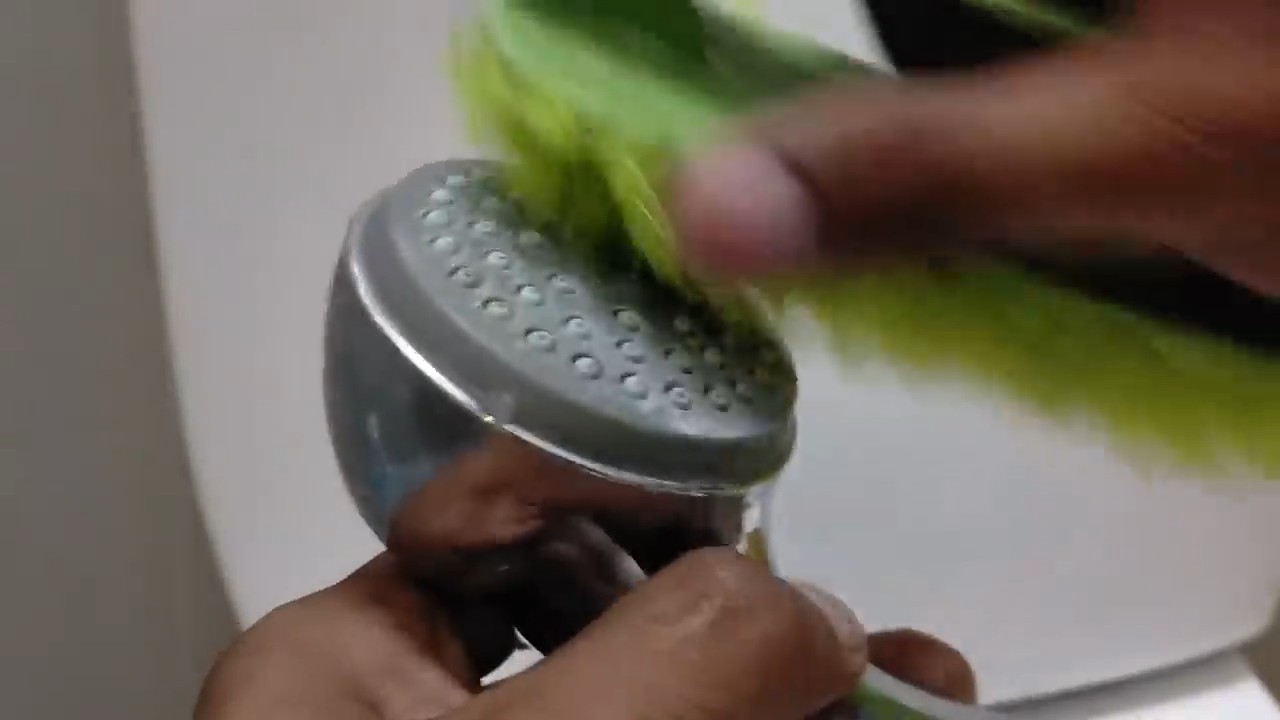
Conclusion
So, there you have it! Unlocking the power of hydrogen peroxide for a cleaner, fresher, and more efficient home is easier than you ever imagined. We’ve explored a range of applications, from tackling stubborn stains to revitalizing your garden, all with one simple, readily available solution. But why is this DIY approach a must-try?
Firstly, it’s incredibly cost-effective. Compared to purchasing a multitude of specialized cleaning products, a bottle of hydrogen peroxide offers a versatile and budget-friendly alternative. Secondly, it’s a more environmentally conscious choice. By reducing your reliance on harsh chemicals, you’re contributing to a healthier planet. And thirdly, it’s empowering! Taking control of your cleaning routine and creating your own solutions fosters a sense of self-sufficiency and resourcefulness.
But the possibilities don’t end here. Feel free to experiment and adapt these techniques to suit your specific needs. For instance, if you’re dealing with particularly stubborn mildew in your bathroom, try combining hydrogen peroxide with baking soda to create a powerful paste. For a gentler approach to teeth whitening, dilute the hydrogen peroxide even further with water. And when using it in your garden, consider adding a few drops of dish soap to help the solution adhere to plant leaves.
Remember, safety is paramount. Always wear gloves when handling hydrogen peroxide, and avoid contact with your eyes. Test any solution on an inconspicuous area before applying it to a larger surface. And most importantly, store hydrogen peroxide out of reach of children and pets.
Now, it’s your turn to experience the magic of hydrogen peroxide household hacks! We encourage you to try these tips and tricks in your own home and discover the incredible benefits for yourself. Don’t be afraid to get creative and explore new ways to utilize this versatile solution.
We’re eager to hear about your experiences! Share your successes, your challenges, and any variations you’ve discovered in the comments below. Let’s build a community of DIY enthusiasts who are passionate about creating cleaner, healthier, and more sustainable homes. Your insights could inspire others and help us all unlock the full potential of hydrogen peroxide. So, go ahead, give it a try, and let us know what you think! We can’t wait to hear from you.
Frequently Asked Questions (FAQs)
Is hydrogen peroxide safe to use around children and pets?
Hydrogen peroxide is generally considered safe when used properly and in diluted form. However, it’s crucial to exercise caution around children and pets. Undiluted hydrogen peroxide can be irritating to the skin, eyes, and mucous membranes. Ingesting it can cause gastrointestinal distress. Always store hydrogen peroxide out of reach of children and pets, preferably in a locked cabinet. When using it for cleaning, ensure that the area is well-ventilated and that pets and children are kept away until the surface is completely dry. If you suspect that a child or pet has ingested hydrogen peroxide, contact a medical professional or veterinarian immediately.
What is the difference between different concentrations of hydrogen peroxide?
Hydrogen peroxide is available in various concentrations, typically expressed as a percentage. The most common concentration found in drugstores is 3% hydrogen peroxide, which is suitable for most household cleaning and disinfecting purposes. Higher concentrations, such as 35% hydrogen peroxide (food grade), are available but require extreme caution and should only be handled by experienced individuals. Higher concentrations can cause severe burns and should be diluted appropriately before use. For most of the applications discussed in this article, 3% hydrogen peroxide is the recommended and safest option.
Can I use hydrogen peroxide on all types of surfaces?
While hydrogen peroxide is generally safe for use on many surfaces, it’s essential to test it on an inconspicuous area first, especially on delicate or sensitive materials. Avoid using hydrogen peroxide on surfaces that are prone to discoloration or damage, such as silk, wool, or certain types of painted surfaces. It’s also not recommended for use on copper, brass, or other metals that may corrode. When in doubt, consult the manufacturer’s instructions for the surface you’re cleaning.
How long does hydrogen peroxide take to disinfect a surface?
The contact time required for hydrogen peroxide to effectively disinfect a surface depends on the concentration and the type of microorganisms present. Generally, a contact time of 5-10 minutes is recommended for 3% hydrogen peroxide to kill most common bacteria and viruses. For more resistant organisms, a longer contact time may be necessary. Ensure that the surface remains wet with hydrogen peroxide for the entire duration of the contact time to achieve optimal disinfection.
Can I mix hydrogen peroxide with other cleaning products?
It’s generally not recommended to mix hydrogen peroxide with other cleaning products, especially those containing ammonia or vinegar. Mixing hydrogen peroxide with ammonia can create toxic chloramine vapors, which can cause respiratory irritation and other health problems. Mixing hydrogen peroxide with vinegar can create peracetic acid, which is also a strong irritant and can be harmful if inhaled. Always use hydrogen peroxide on its own or in combination with water or baking soda, as recommended in this article.
How should I store hydrogen peroxide?
Hydrogen peroxide should be stored in a cool, dark place, away from direct sunlight and heat. Exposure to light and heat can cause hydrogen peroxide to decompose and lose its effectiveness. Keep the bottle tightly sealed to prevent evaporation and contamination. It’s also important to store hydrogen peroxide in its original container, as other containers may not be compatible with the chemical.
Can hydrogen peroxide be used to treat acne?
Hydrogen peroxide can be used as a spot treatment for acne, but it should be used with caution. Dilute 3% hydrogen peroxide with water (a 1:1 ratio is a good starting point) and apply it to the affected area using a cotton swab. Avoid applying it to healthy skin, as it can cause dryness and irritation. It’s also important to avoid using hydrogen peroxide on open wounds or broken skin. If you have sensitive skin, consult a dermatologist before using hydrogen peroxide to treat acne.
Is hydrogen peroxide effective for whitening teeth?
Hydrogen peroxide is a common ingredient in teeth whitening products. It can help to lighten surface stains and brighten your smile. However, it’s important to use it safely and in moderation. Overuse of hydrogen peroxide can damage tooth enamel and cause sensitivity. If you’re considering using hydrogen peroxide to whiten your teeth, consult a dentist for guidance and recommendations. You can also find over-the-counter teeth whitening products that contain hydrogen peroxide in safe and effective concentrations.
Can hydrogen peroxide help with mold removal?
Yes, hydrogen peroxide is an effective mold killer. It’s a non-toxic alternative to bleach and can be used on a variety of surfaces. To remove mold with hydrogen peroxide, spray the affected area with 3% hydrogen peroxide and let it sit for 10-15 minutes. Then, scrub the area with a brush and wipe it clean with a damp cloth. Repeat as needed until the mold is gone. Be sure to wear gloves and eye protection when working with hydrogen peroxide.
How can I use hydrogen peroxide in my garden?
Hydrogen peroxide can be beneficial for plants in several ways. It can help to aerate the soil, kill harmful bacteria and fungi, and promote root growth. To use hydrogen peroxide in your garden, dilute 3% hydrogen peroxide with water (a 1:32 ratio is a good starting point) and use it to water your plants. You can also spray the diluted solution on plant leaves to control fungal diseases. Be sure to test the solution on a small area of the plant first to ensure that it doesn’t cause any damage.


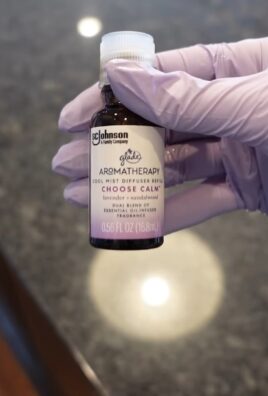
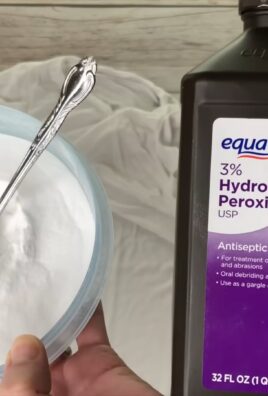
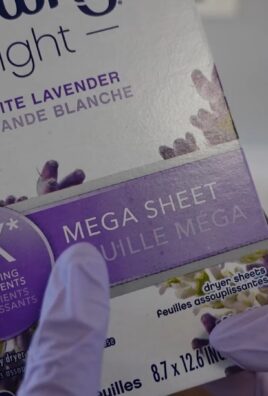
Leave a Comment